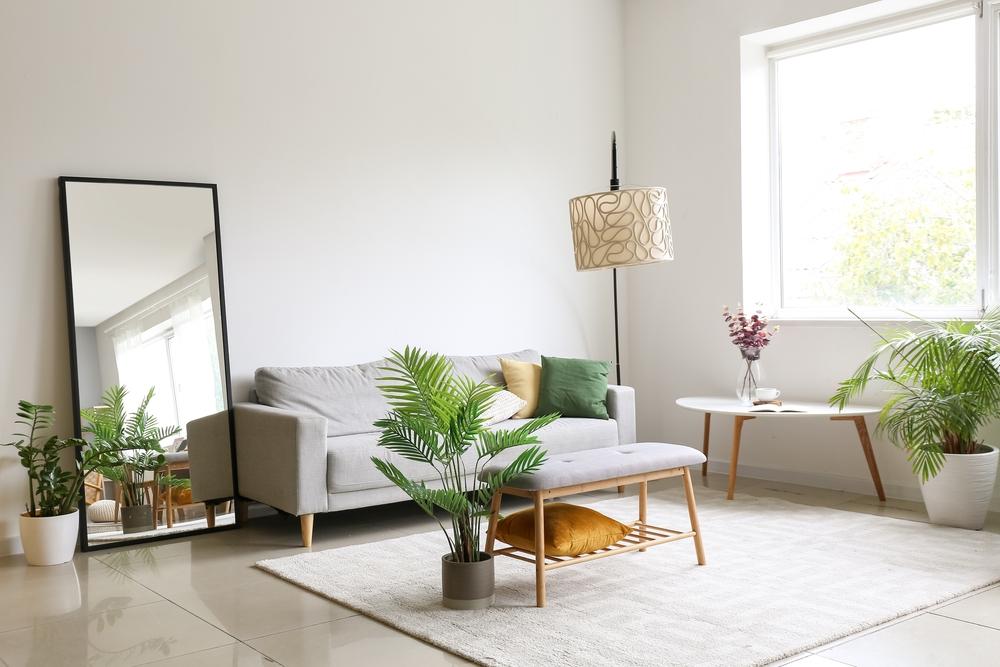Bright rooms with a wealth of natural light have a host of benefits: They’re healthier, happier, will make you more productive, and—best of all—they feel more spacious, making the overall house seem larger.
You’ve probably heard the old adage, “A gallon of paint is the most inexpensive way to transform a room”—and it’s true here, as well. White paint on the walls, ceiling, or floor can enlarge the smallest room. Warm whites perk up a space, yet keep it cozy, while cool whites are serene and calming.





